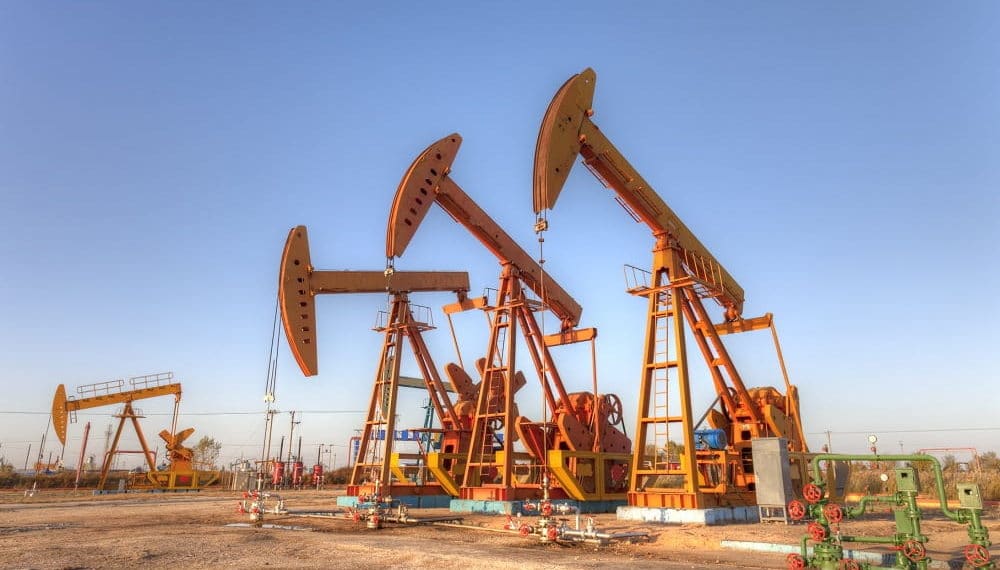Petroleo’s Mexicanos defined stopping and reversing the drop in oil production as its priority, and the company has achieved a historical record in investment for the development of 20 new oil fields.
Pemex has suffered a steady drop in production over the last 14 years, since it recorded 3.4 billion barrels per day (Bbpd) as its highest production levels in 2004 and between 2015 and 2018, the drop in production amounted to almost half a million barrels per day, because the company did not invest in new field development during this three-year period.
Throughout the last decade, Pemex only developed 23 new fields. This contrasts with the approach of the new administration, which has set a plan in motion to invest in 20 new developments this year, 16 in shallow waters and four onshore fields, which are now being executed and have become a reality. In only six months, this new administration has developed almost the same number of new fields as past administrations developed in a decade.
Regarding the 20 new fields to be developed, Pemex has concluded the contracting process for the maritime infrastructure, which consists of 13 platform, 14 marine pipelines spanning 175 km, interconnections on 7 existing platforms, the construction of 3 perforation areas and the expansion of 9 existing perforation areas, 13 onshore pipelines that will span 88 km, as well as the installation of a separation battery and the optimization of existing infrastructure. Furthermore, the contracting process for the drilling and commissioning services of 128 wells associated with these 20 new fields will conclude shortly, and the contracting process is underway, for two existing developments that are being expanded, which in turn will require two additional platforms and pipelines.
With previous administrations, the average time that Pemex required to perform the preparation work for the development of a new oil field exceeded 2.5 years. Now, Pemex has reduced the time required for this preparation work, to begin the execution of oil field development activities much sooner. A clear example is the Ixachi field, the most important oil reserve out of the 20 new developments, which was discovered in November 2017 and it is expected that the development plan will be approved by June. To date, the first two wells are producing almost 4,000 barrels per day (Tbd) of crude oil, as part of the assessment activities. This field will produce up to 80 Tbd of crude oil. It is estimated that the periods of time between the discovery and the start of the development of less complex onshore fields will be reduced to less than one year.
This summer, the installation of the contracted offshore platforms will begin, in addition to the facilities for onshore drilling for the new developments. Therefore, it is anticipated that the platform Xikin-A platform will be commissioned by the end of August this year. The developments Xikin and Esah will be commissioned in November and December, and the rest will follow, to assure production with at least one well in each field.
Thus, by the end of December 2019, a combined production of these fields of approximately 70,000 barrels per day (Tbpd) of crude oil is being forecast. The production of these 20 new fields and the two developments of existing fields will grow gradually until an estimated production of 267 Tbpd is reached by 2020 and a production of 320 Tbpd will be obtained by the end of 2021.
Besides the achievement of reducing execution time, without corruption, using innovative processes and the backing of the private sector, Pemex has also achieved a weighted average reduction of 26 per cent in the cost of new service contracts. To calculate the amount saved, the unit price of the same services contracted in previous years is used for reference. The following table shows an example of the price comparison of new services being hired.



















































